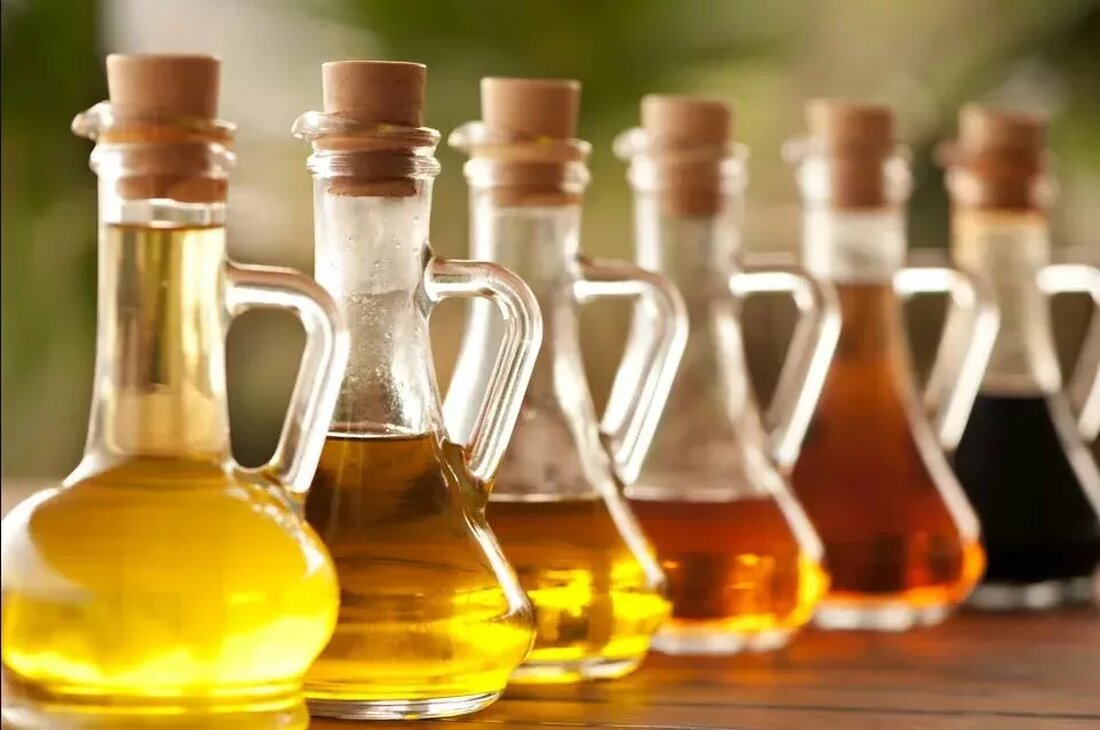History of skin care part 11: The High Middle Ages, 1000-1399
History of skin care part 11: The High Middle Ages, 1000-1399
Feudal skin care: discreetly refined
The high Middle Ages in most parts of Europe was shaped by the development of a feudal system. The countries were ruled by kings and queens and their country was divided into smaller segments that were managed by feudal men. The farmers who worked on the country were referred to as serfs, and it was considered their task to serve the Lord whose country they occupied. Although religious doctrine continued to promote modesty, skin care became more and more sophisticated during this time. In fact, in the name of Christianity, the large crusades have introduced the Europeans a number of medicinal herbs and spices that have not been seen since the days of the Roman occupation. Women made greater efforts to achieve the perfect complexion, and science was combined with superstition in the development of new lotions and skin care treatments.
While fashion passed subtle changes in the Middle Ages, the clothes remained remarkably similar. Clothing for men and women became more figure -hugging and revealing, but it was particularly important for women that the whole body remained hidden. The focus was on the face and meant that new methods of skin care were constantly being developed and improved. Women continued to pluck their hair lines and eyebrows to emphasize their forehead, and bright skin was still an indicator of wealth and beauty. Some women even went so far to bleed their face to keep their complexion as pale as possible.
The return of the crusaders
The first crusade began in 1095 and was approved by the Pope. Ritter from all over Europe traveled to the Middle East with the intention of recapturing Jerusalem in the name of Christianity. While the crusaders did not reach their destination, they managed to open a trade route between Western Europe and the Middle East. Europeans suddenly had access to many spices, minerals and other materials that were previously not available. Many of these materials were medically and could be used to produce skin care products, lotions and oils. In fact, the medieval Europeans discovered many of the same substances that the Romans had in their expansion to Turkey. The adstringing alum was again introduced to the treatment of blemishes and abrasions. Incense and myrrh were rediscovered because of their moisturizing and skin hinges. Anis and walnut bark were also incorporated into many new treatments. (Here you can read more about spices and herbs from the Middle East: http://www.saudiamcoworld.com/issue/200605/natural.Remedies.htm )
science and superstition
In the high Middle Ages, medicinal herbs were combined with superstitious practices in many skin care treatments. Pharmacies were still the main donors of ingredients and facial applications, although many women continued to produce their own lotions and potions at home. A number of recipes for facial applications from this period have been preserved. Many of them include the production of an envelope or a tea bag -like pack with spices and herbs and the soaking of the envelope in wine, vinegar or milk before it is applied to the skin. While most of these applications were based on natural ingredients, many of them were expected to achieve almost magical results. For example, an application should completely remove freckles. Another claims to remove malformations of the face. Some treatments even used gemstones such as amethyst, which were assumed that they have magical properties. (Here you can read more about herbal and homemade facial applications: http://rosaliegilbert.com/skincare.html )
One of the greatest cosmetic progress during this time was the development of a pale pink make-up made of vegetable colors. The extraction was tedious work because only a few drops of dye could be pressed out of each plant. This made the make-up both incredibly desirable and incredibly expensive. Most women could not afford it and continued to wore their faces. However, it became fashionable for noble women to give their otherwise pale cheeks a touch of pink.
While the Middle Ages can easily be dismissed as a time of un formation and superstition, many common skin care practices from this time are still in use. Ginger and aloe, ingredients that were often used in medieval facial applications are equally widespread in modern skin treatments. While Amethyst is no longer grated on blur units, many branches of alternative medicine use minerals and metals in their treatments. In the end, many cosmetic practices that started in the Middle Ages were used throughout the Renaissance and for the coming centuries.


Kommentare (0)